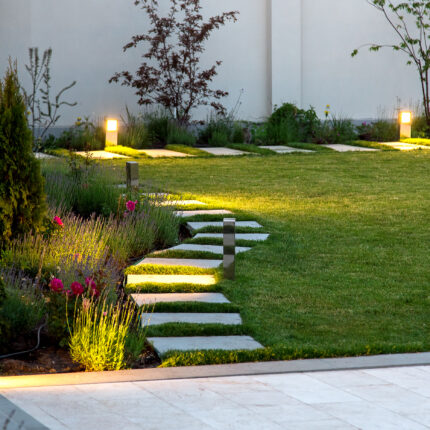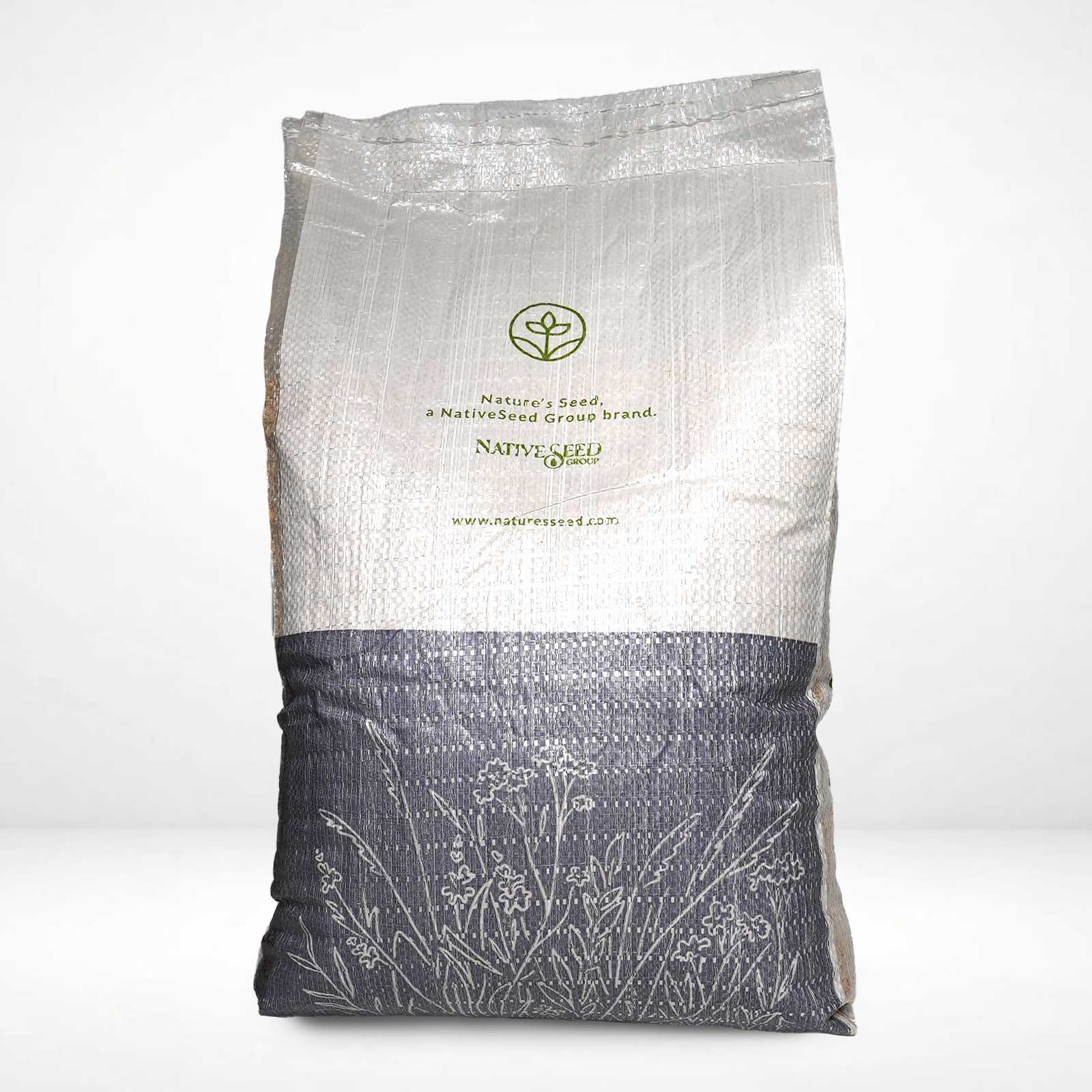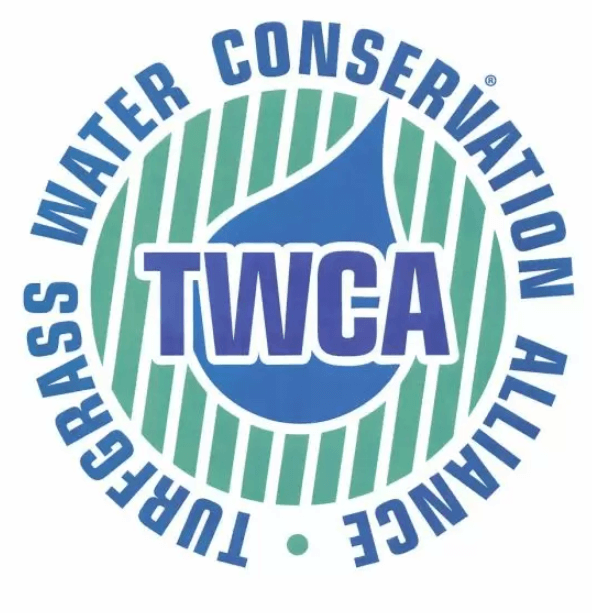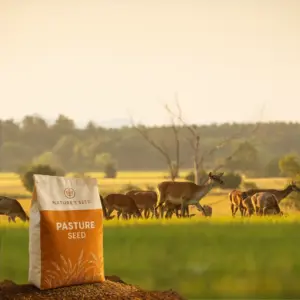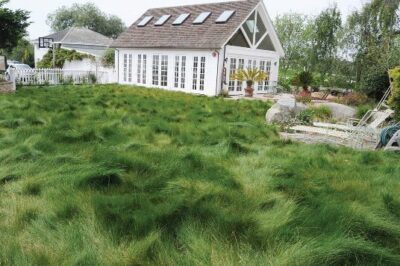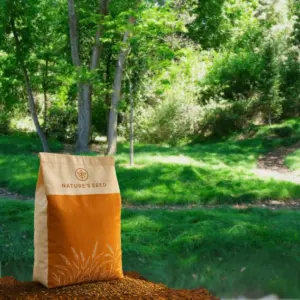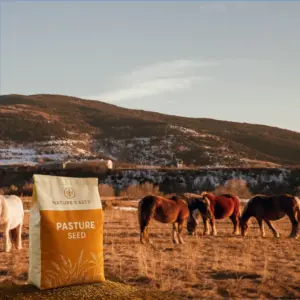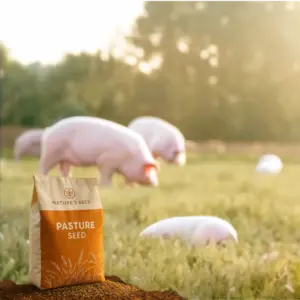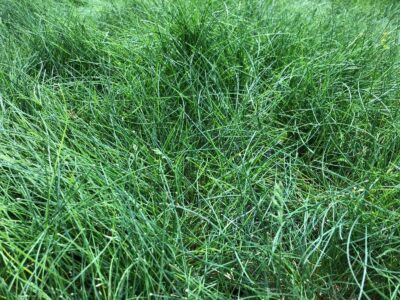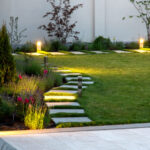
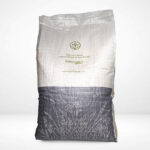
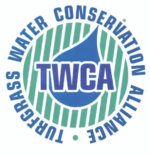
What is the Northwest Water-Wise Lawn Mix
The TWCA Water-Wise Northwest Mix is a premium cool-season blend certified to use up to 40% less water. It combines 60% fast-germinating Perennial ryegrass, 30% dense Kentucky bluegrass, and 10% shade-tolerant Red fescue. This mix creates a lush, resilient, medium-dark green lawn that handles foot traffic, sun, and light shade. This mix, designed specifically for the Northwest regions of the United States, establishes quickly, thrives year-round, and stays green with less water, perfect for eco-friendly, high-performance lawns.
Specifications
Sun Requirement
Full sun to partial shade
Soil Preference
Well-drained loam, clay or sand; moderate fertility
Soil pH
6.0–7.5 (optimum ~6.5)
Time to Maturity
7-21 days
Height when mature
~3 inches
Seeding Rate
5 lbs/500 sq ft
Planting Depth
1/8 to 1/4 inch
Northwest Water-Wise Lawn Mix | TWCA Certified
SKU: TURF-W-NWE
Does This Product Grow Well in Your Region?
Check your region
Select Quantity
Why Choose This Seed?

Rapid Germination
This mix contains quick-sprouting Perennial ryegrass (5–10 days) for a fast green-up.
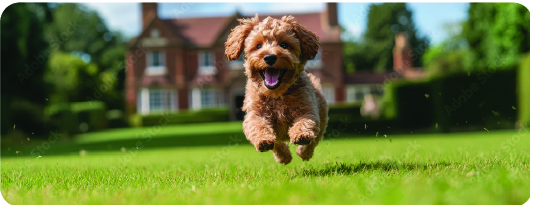
Wear-Tolerant
This blend includes Perennial ryegrass and Kentucky bluegrass, ranked highest for traffic tolerance. These species can withstand anything that pets, sports, or kids may throw at it!
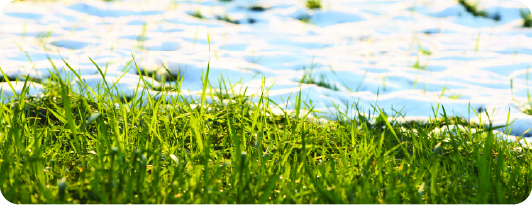
Dense, Self-Repairing Sod
Kentucky bluegrass rhizomes knit the lawn into a lush, high-density turf, while Red fescue fills in and holds up to shadier areas.
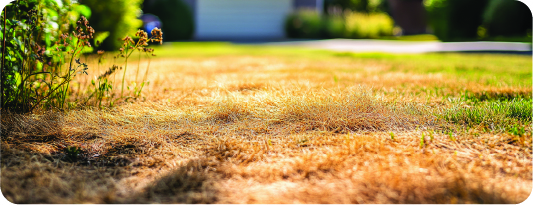
Shade & Drought Tolerance
All three of the grasses in this blend have been selected to thrive in partial shade as well as sun, allowing for a lush consistent lawn even in yards with variable light environments.
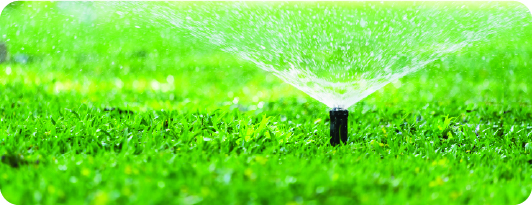
Water-Wise
All TWCA-certified mix use~30–40% less water than conventional lawns, saving money and conserving natural resources.
Seed Description
Product Details
Sun/Shade
Full sun to partial shade
Height
~2–3.5 inches
Seeding Rate
5 lbs/500 sq ft
Uses
High-traffic lawns, sports turf, residential landscapes, partial shade, drought-conscious users
Color
medium to fine; medium to dark green
Water
medium to fine; medium to dark green
Native/Introduced
Introduced
Life Form
Perennial Grass
Planting and Growing Guide
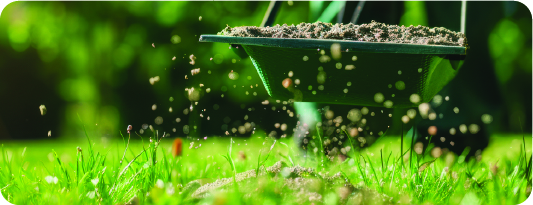
Soil Prep
Test soil pH (aim ~6.5) and fertility. Amend as needed (add lime if pH <6.0, incorporate 2–3″ compost in poor soils). Fine-tune nutrients per soil test. Soil should be well-tilled and graded. (Kentucky bluegrass prefers pH 6.0–7.5
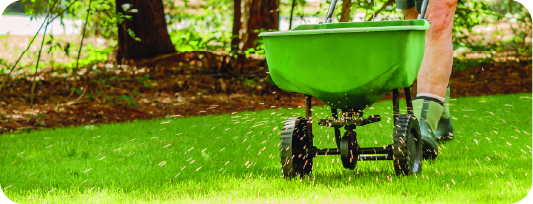
Seeding
For best results, seed in early fall or spring (late summer to fall is ideal in northern areas). Apply at ~10 lbs per 1,000 sq.ft. using a drop or broadcast spreader—half in each direction for even coverage. Lightly rake or roll seeds to ensure good soil contact (1/16–1/8″ deep). Apply a starter fertilizer with 0.5–1 lb of nitrogen per 1,000 sq.ft. at planting.
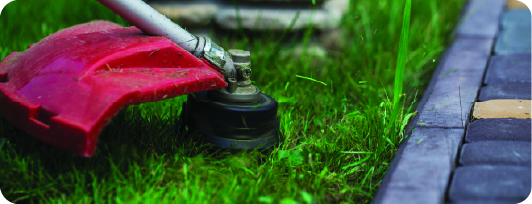
Watering & First Mow
Keep soil consistently moist with frequent, light watering until germination—don’t let it dry out. Once seedlings emerge, reduce frequency but water deeper: ~1″ per session, 2–3 times per week. Mow when grass reaches 3–4″, cutting to 2–3″ (never remove more than 1/3 of the blade). Minimize traffic until turf is well-rooted, usually several weeks after germination.
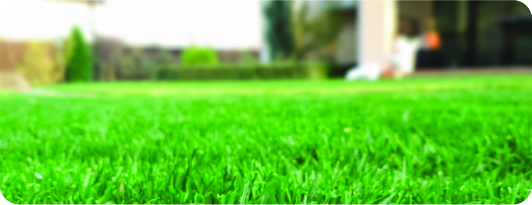
Ongoing Maintenance
After establishment, water deeply but infrequently (~1–1.5″ per week). Mow regularly to maintain a 2–3″ height. Fertilize with ~1 lb N/1,000 sq.ft. in early fall and spring (less for fine fescue; follow soil test). Core-aerate annually in spring or fall to boost root depth. Overseed thin areas each fall to maintain density. Use spring pre-emergents and spot treatments to control weeds.
Questions & Answers
When is the best time to seed?
Cool-season lawns seed best in late summer to early fall, when soil is warm and moisture is reliable. This timing gives seedlings two cool seasons (fall and spring) to establish before summer heat. Early spring is also possible, but weeds and summer stress can be issues.
Can I overseed an existing lawn with this mix?
Yes – overseed thin areas in early fall or spring. Mow low (2″), core-aerate or rake to loosen soil, then spread seed evenly. Good seed-to-soil contact is crucial (firm seed with a roller or light tamping). Keep the area moist until new grass establishes. Overseeding thickens the lawn, which helps crowd out weeds.
How much water does it need?
After establishment, plan on about 1–1.5 inches of water per week (including rainfall) applied deeplyextension.colostate.edu. In drought or hot midsummer, watering may need to increase. TWCA studies show this mix uses ~30–40% less water than conventional turf. Always water infrequently and deeply (to 4–6″) to encourage deep roots. New seedings require light daily watering initially to keep soil moist.
Is this mix drought tolerant?
Yes – it includes fine fescue, which is notably drought-hardy. Fine fescues prefer drier soils and will persist with less water. Under summer drought, fescues go dormant but recover well with fall rain. Overall, this mix stays greener longer under water stress than a pure bluegrass lawn, but any grass will eventually brown if kept bone dry.
What about winter care?
Cool-season grasses go semi-dormant in winter but generally survive freezing. Mow lower (1.5–2″) before winter to reduce snow mold risk. Fescues stay green in mild winters. Minimal watering is needed if it’s not snow-covered. Rake leaves to prevent smothering. In early spring, raise mower height to avoid scalping emerging grass.
How do I repair bare patches?
How do I repair bare patches?
Lightly rake the bare soil, add a thin layer of topsoil if needed, and broadcast seed (same rate) over the patch. Cover seeds with ~1/8–1/4″ of soil. Keep the spot moist (water lightly several times a day) until seedlings fill in. For large areas, overseeding as described above is recommended. Straw mulch can help protect seed from birds and drying
Still have
questions?
Our planting experts
are here to help.
Call Us
801 770 4141
8 AM–5 PM
Monday–Friday
Reviews
| Weight | N/A |
|---|---|
| Sun/Shade | , |
| Est Rate | |
| Texture | |
| Seeding Rate | |
| Uses | , , , |
| Color | , , |
| Water | |
| Native | |
| Life Form | |
| Pounds | , , , , |
| Coverage Area | , , |
